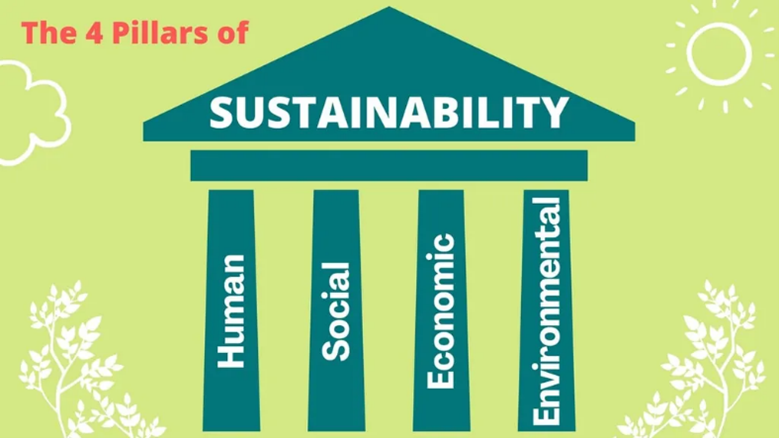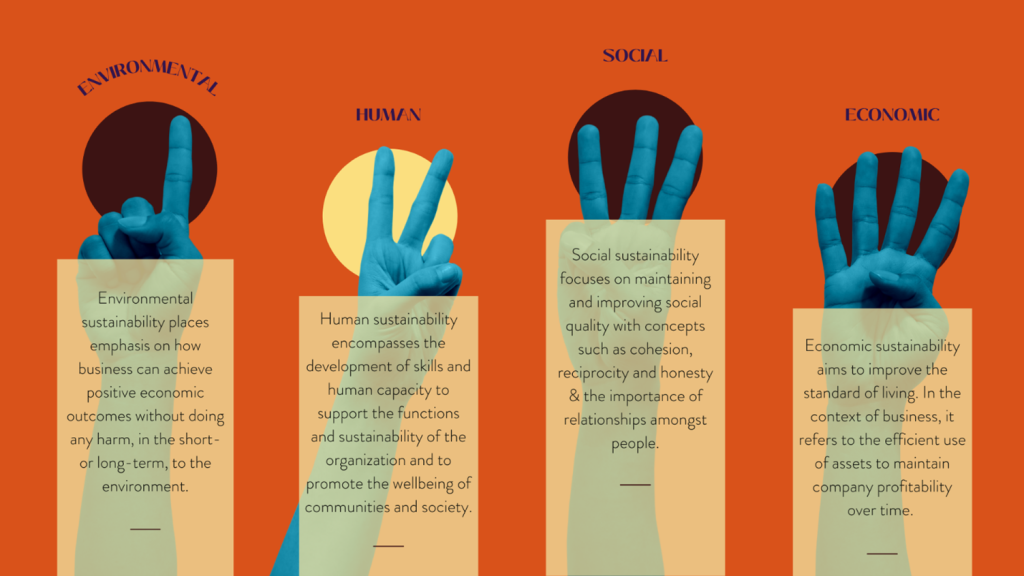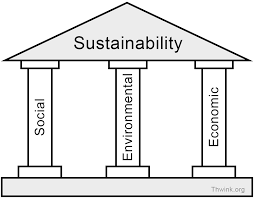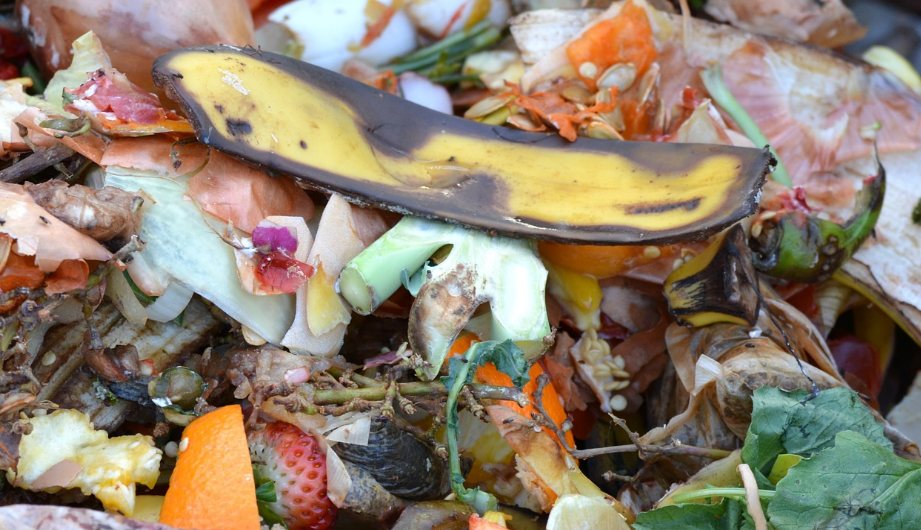
The Four Pillars of Sustainability
“Sustainable development can be defined as progress that meets the needs of the present without compromising the ability of future generations to meet their own needs.”
Brundtland
In the beginning we organized the sustainability in three pillars:
The three pillars of sustainability are important because they offer a framework that can be used to evaluate the sustainability of an organization, business, product, or service. Finally, the 3 pillars are also used to define the goals of green technology, leading the way towards a sustainable future.
But development happens and now we start discussing four pillars of sustainability:

Sustainable development is an organizing principle for meeting human development goals while also sustaining the ability of natural systems to provide the natural resources and ecosystem services on which the economy and society depend.
Wikipedia 2022
The desired result is a state of society where living conditions and resources are used to continue to meet human needs without undermining the integrity and stability of the natural system.
Sustainable development was defined in the 1987 Brundtland Report as “development that meets the needs of the present generation without compromising the ability of future generations to meet their own needs”. As the concept of sustainable development developed, it has shifted its focus more towards the economic development, social development and environmental protection for future generations.
Now the fourth pillar is making its entrance and that is the HUMAN pillar.
The last pillar, human, is an alternative point of view, putting more emphasis on the human aspect in our societies and values.
Sustainability is very broad in itself, but one cannot talk about sustainable development without addressing the four pillars at the same time now seems to be considered as the opinion and understanding of sustainability.
Sustainable development – the sweet spot
Sustainable development is the sweet spot where human, social, environmental, and economic needs can be satisfied all at the same time without neglecting one other. For example, a business is sustainable if it is:
- Profitable and growing
- Cares about its employees by paying reasonable salaries, offering benefits and education
- Cares about the local community and society at large by supporting local charities
- Respecting the environment thanks to sustainable product design and green technologies
This is because sustainable development is at the intersection of the human, social, economic, and environmental types of sustainability.
https://sustainability-success.com/four-pillars-of-sustainability/
In your daily life and operation of your school and businesses you can reflect on how to incorporate all four pillars in your activities:
Human sustainability is about how to improve the human capital with e.g., health and education
Social sustainability is about how to preserve the social capital by investing in service and framework
Economic Sustainability is about how to maintain the capital
Environmental sustainability is about how to improve human welfare through protection of e.g., lands, air, and water.
Reflection: how to improve without harming or having side effects with negative impact on other matters.

https://marimichel.nl/blogs/news/sustainability
If you want to get more information you might visit https://www.oecd.org/greengrowth/
You can also visit this page for a more critical, and maybe undocumented, presentation of failing sustainable brands and products
https://www.askattest.com/blog/articles/sustainability-fails
The author:

Lene Bonnen Sandholdt
EUC Syd / Head of International Department




